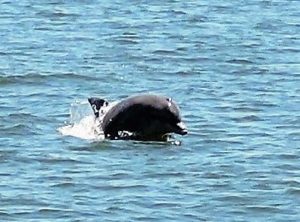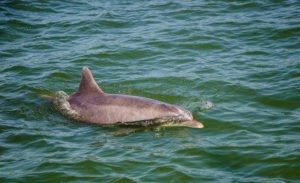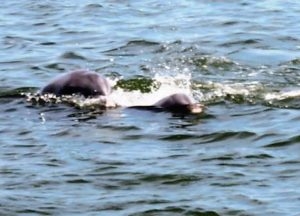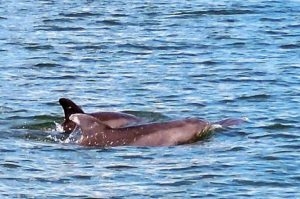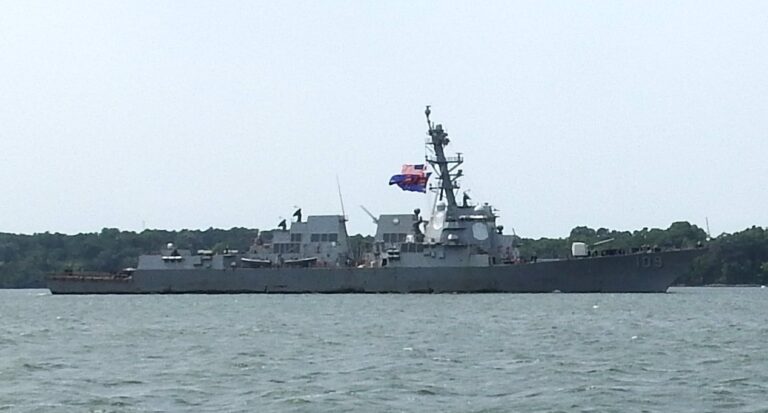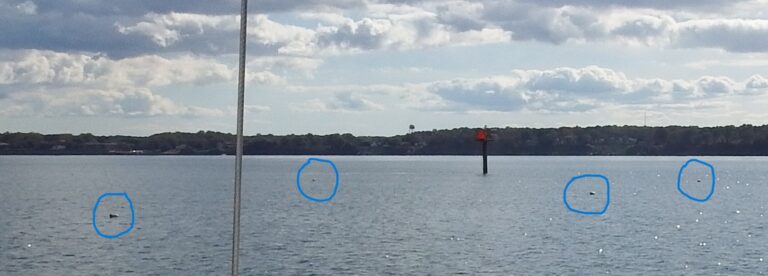
Last Sail
It was a cold and dreary afternoon in late November when I took Stephen Warrick out for the fourth time, with his pal Lisa Fronkenberger. They took ASA 101 together with two other people whom they will join for a combined 103/104 that will take them three days and two

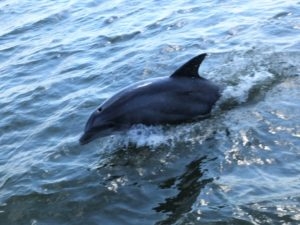
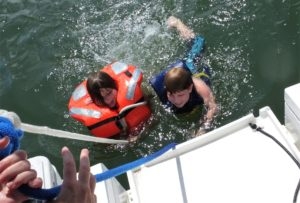 Rising water temperatures are the key factor to dolphin migration. As late as Sept. 4 the York River was 81 degrees. We still had kids swimming off the stern. (By the way, people don’t swim with the dolphins in the York. They don’t even try as it’s enough to watch them roam and play.) That’s a sufficient summer of dolphins.
Rising water temperatures are the key factor to dolphin migration. As late as Sept. 4 the York River was 81 degrees. We still had kids swimming off the stern. (By the way, people don’t swim with the dolphins in the York. They don’t even try as it’s enough to watch them roam and play.) That’s a sufficient summer of dolphins.